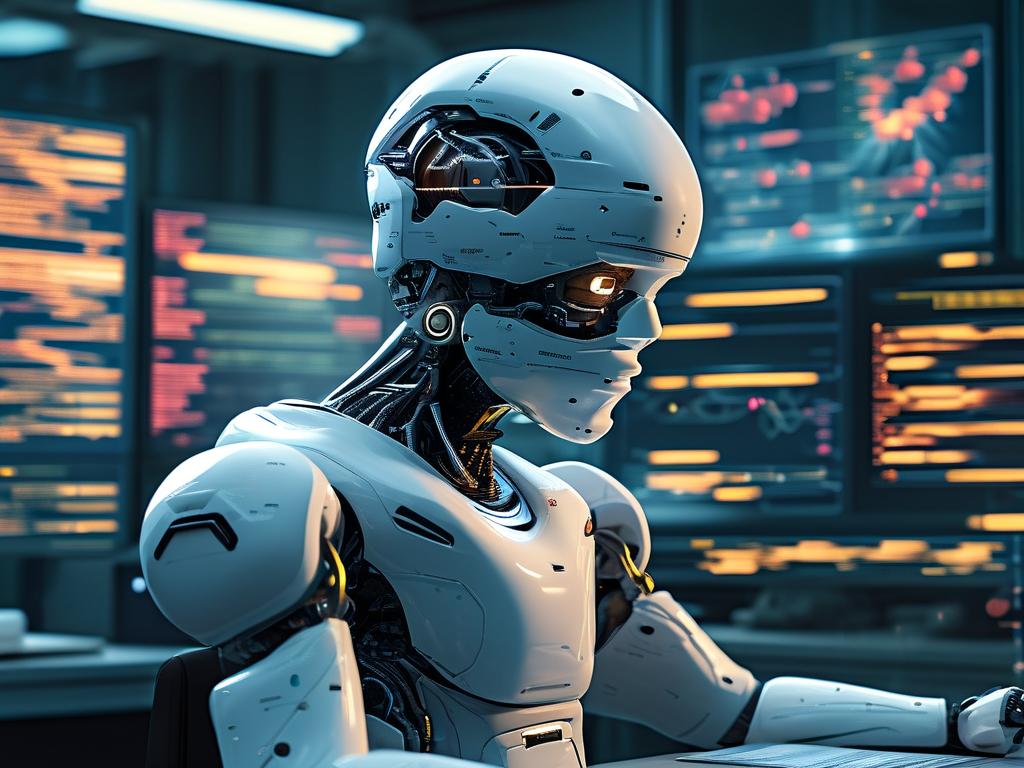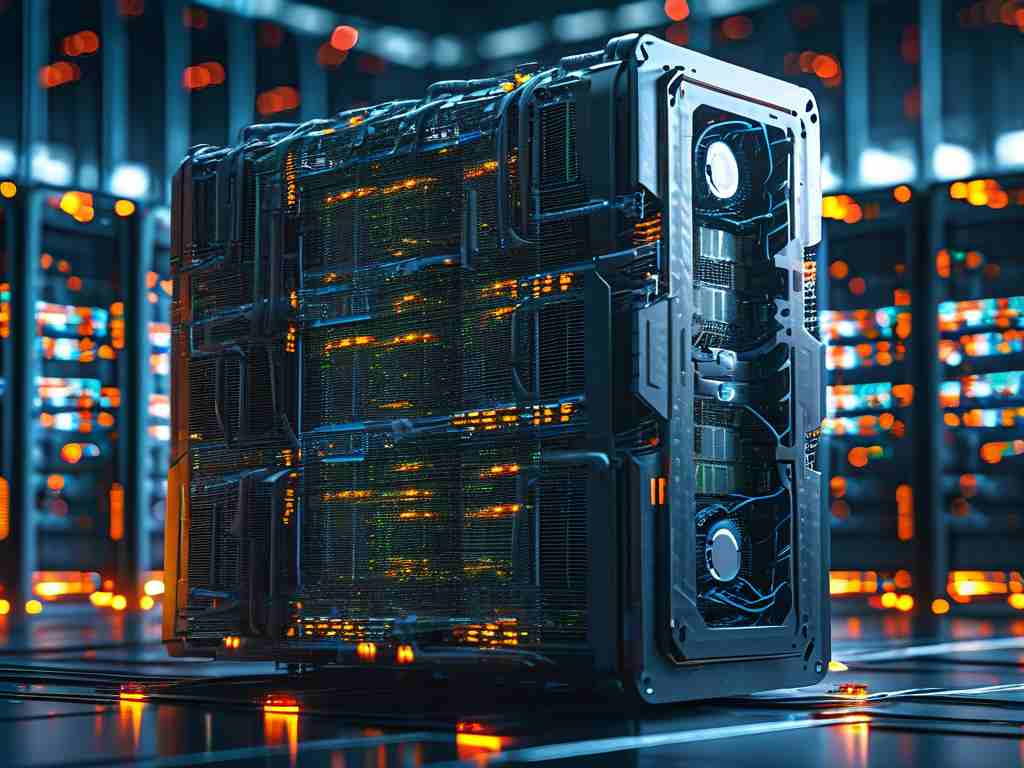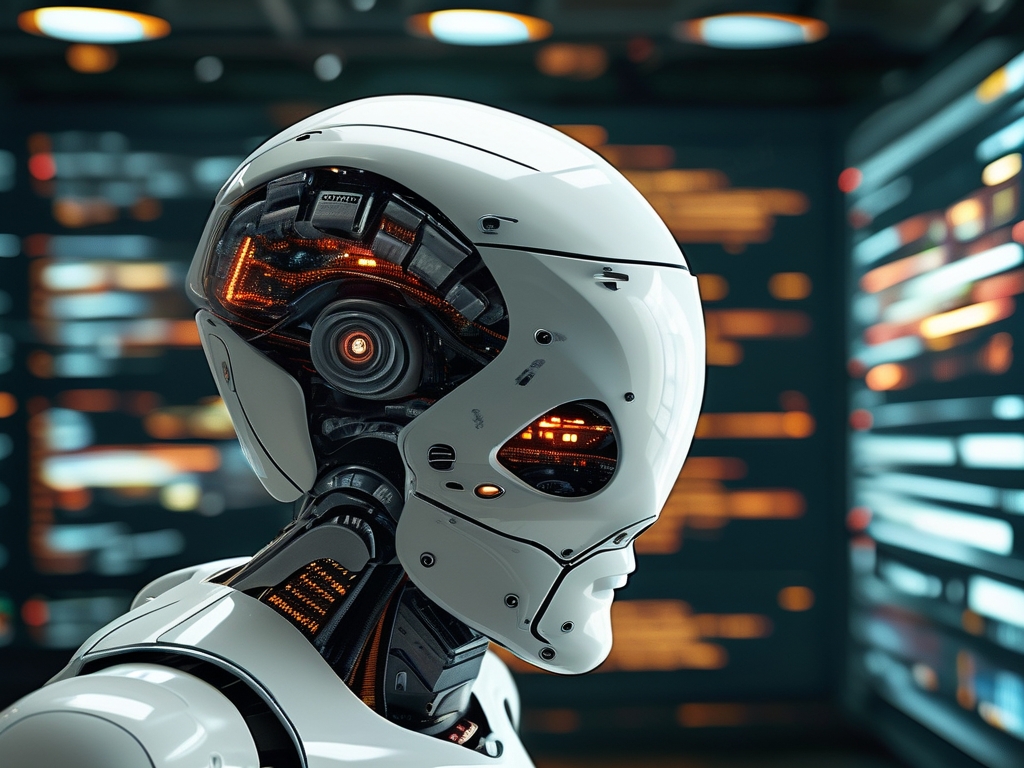The concept of "neural network blast" has emerged as a groundbreaking approach to accelerate artificial intelligence (AI) model training. By leveraging advanced computational strategies and optimized resource allocation, this methodology pushes the boundaries of traditional deep learning frameworks. Unlike conventional training processes that rely on gradual parameter adjustments, neural network blast introduces controlled algorithmic "explosions" to rapidly converge toward optimal solutions.
The Science Behind the Blast
At its core, neural network blast combines parallel processing with dynamic learning rate scaling. Modern implementations utilize GPU clusters to simultaneously process multiple batches of data while automatically adjusting gradient descent parameters. For example, frameworks like TensorFlow and PyTorch now integrate blast-oriented APIs that enable developers to trigger computational surges during critical training phases. A simplified code snippet demonstrates this concept:
# Neural network blast configuration in TensorFlow
from tensorflow.keras.optimizers import BlastOptimizer
model.compile(
optimizer=BlastOptimizer(base_lr=0.001, blast_factor=5.0),
loss='categorical_crossentropy'
)
model.fit(data, epochs=50, batch_size=2048)
This configuration temporarily amplifies learning rates by 500% during identified optimization plateaus, effectively "blasting" through local minima.
Real-World Applications
Major tech companies have adopted neural network blast techniques to reduce training timelines. In 2023, DeepMind reported a 40% reduction in training time for their protein-folding models by implementing phased computational bursts. Similarly, autonomous vehicle developers use blast protocols to rapidly train object detection systems, compressing months of training into weeks without sacrificing accuracy.
Ethical and Technical Considerations
While promising, the approach raises questions about computational sustainability. A single blast cycle can consume 2-3x more energy than standard training methods. Researchers are now developing "green blast" algorithms that balance speed with energy efficiency through smart resource recycling and dynamic power throttling.
The Future Landscape
Emerging hybrid architectures combine neural network blast with quantum computing principles. Early experiments show that quantum-enhanced blast operations could potentially solve complex optimization problems 100x faster than classical methods. However, these systems require specialized hardware and remain inaccessible to most organizations.
Industry analysts predict that by 2026, over 60% of commercial AI projects will incorporate some form of blast methodology, fundamentally reshaping how neural networks are developed and deployed. As the technology matures, standardization efforts led by groups like the IEEE aim to establish safety protocols and performance benchmarks for blast-enabled AI systems.
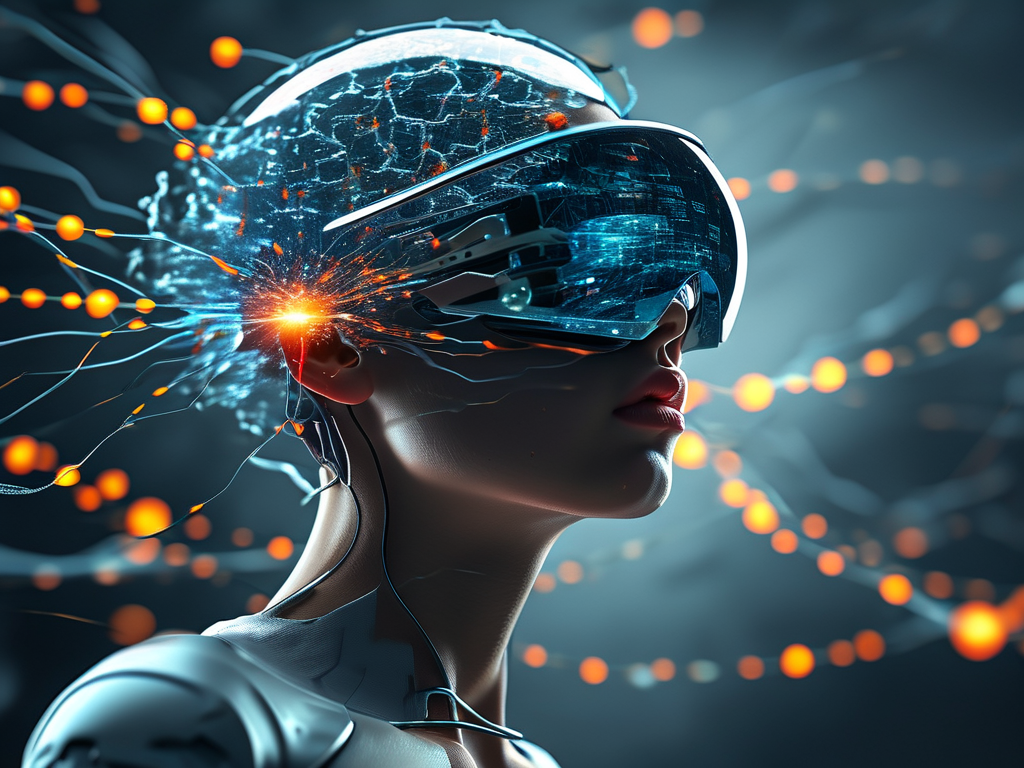
Challenges and Limitations
Not all neural architectures benefit equally from blast techniques. Recurrent networks and transformer models show varying levels of compatibility, with some architectures experiencing destabilization during high-intensity training phases. Ongoing research focuses on creating adaptive blast controllers that automatically adjust parameters based on model architecture and dataset characteristics.
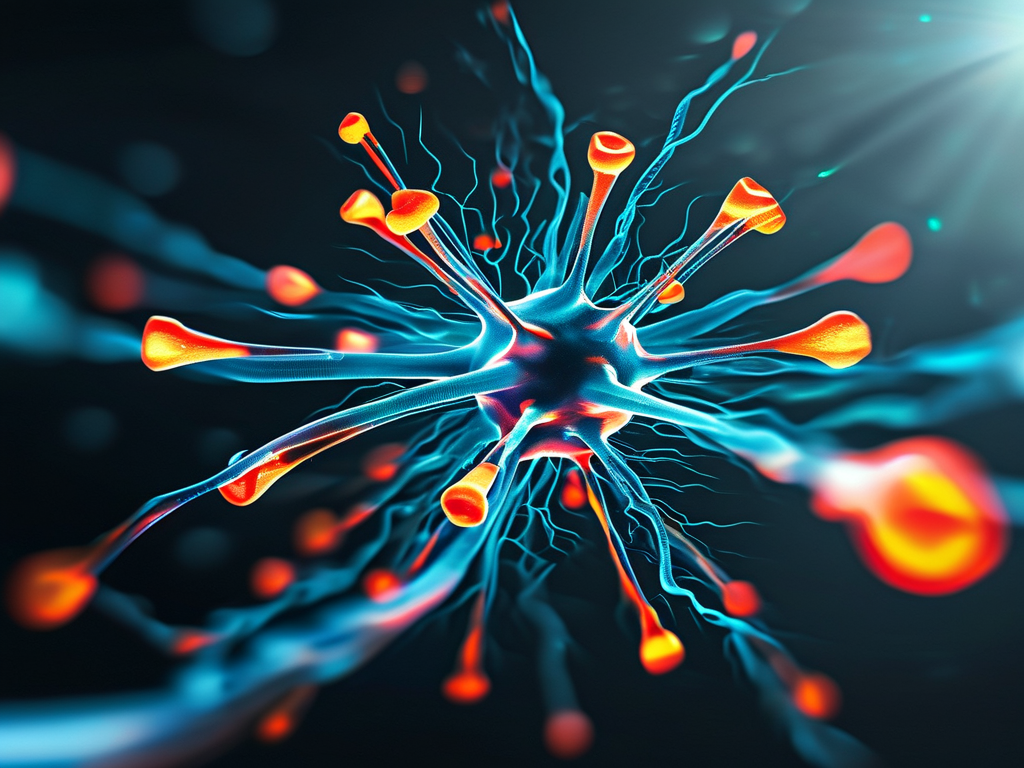
In , neural network blast represents a paradigm shift in AI development, offering unprecedented speed gains at the cost of increased computational demands. As the field evolves, balancing performance improvements with ethical resource usage will determine its long-term viability in shaping the future of artificial intelligence.


